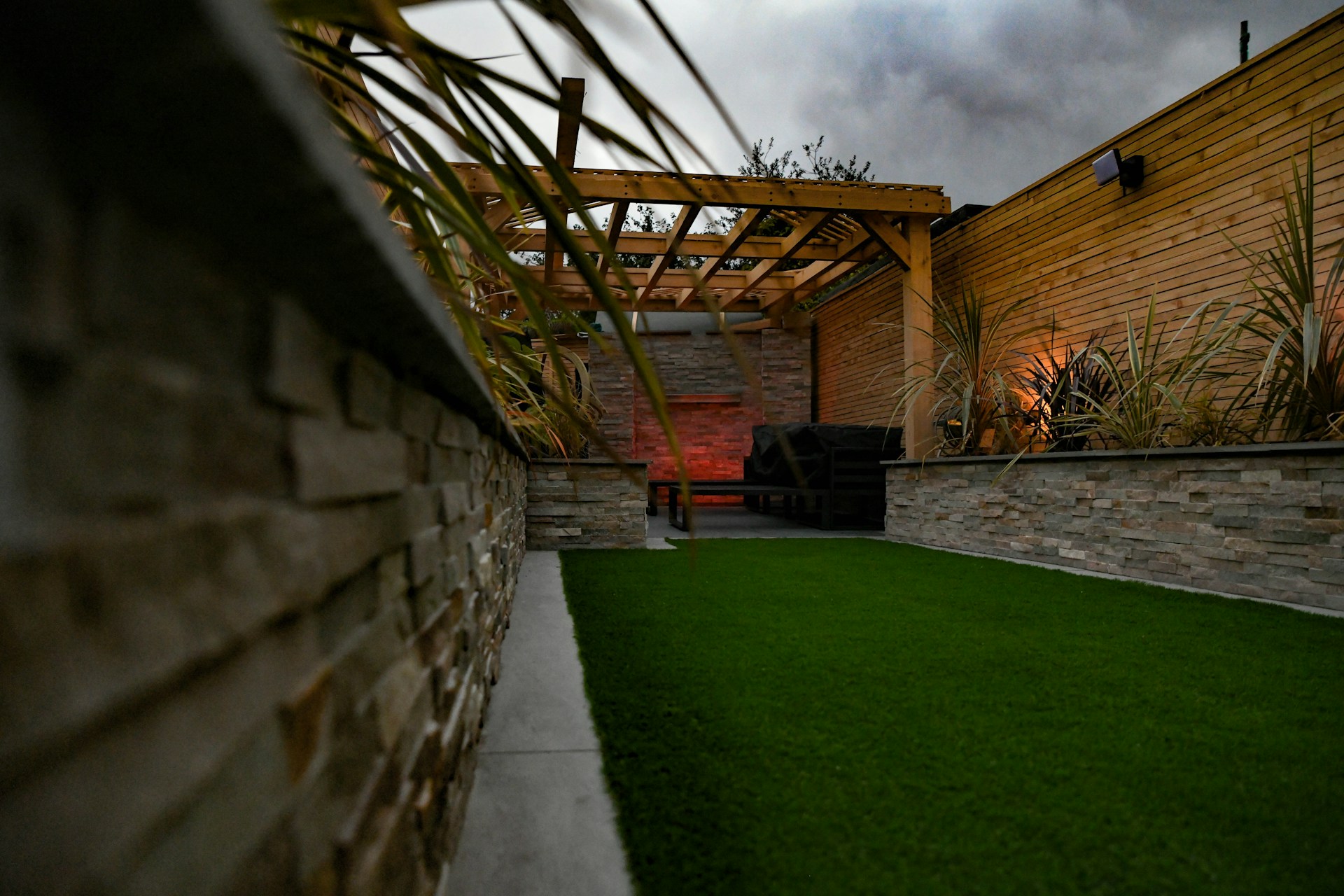The Appeal of Pergolas: More Than Just Shade for Your Garden
Pergolas have evolved from simple shade structures into versatile outdoor architectural features that transform gardens, patios, and decks into inviting living spaces. These elegant frameworks, typically consisting of columns supporting a roofing grid of beams and rafters, create a distinctive outdoor room that blends nature with design. Beyond their practical function of providing filtered shade, pergolas define space, support climbing plants, and serve as focal points in landscape design. Their growing popularity stems from their ability to enhance outdoor living while maintaining a connection to the surrounding environment.

Affordable Pergola Options: Variety for Every Lifestyle
The market for pergolas has expanded dramatically, making these structures accessible across various budget ranges. Pre-fabricated pergola kits offer the most economical entry point, with prices starting around $500 for basic designs. These kits typically include all necessary components and hardware, requiring only basic assembly skills. Mid-range options include customizable modular systems that balance affordability with personalization, ranging from $1,000 to $3,000. For those seeking unique designs, custom-built pergolas crafted by professional carpenters provide bespoke solutions, though at higher price points typically starting at $4,000.
Vinyl pergolas represent another affordable option, combining low maintenance requirements with durability. Budget-conscious homeowners might consider portable or pop-up pergolas, which offer temporary shade at a fraction of permanent structures’ cost. For DIY enthusiasts, building from scratch using raw materials can significantly reduce expenses while allowing complete design freedom, though this approach requires substantial woodworking skills and proper tools.
Choosing the Right Material: Wood, Aluminum, or Steel?
Material selection fundamentally influences a pergola’s appearance, longevity, maintenance requirements, and cost. Traditional wooden pergolas, crafted from cedar, redwood, or pressure-treated pine, offer natural warmth and classic aesthetic appeal. Cedar and redwood naturally resist insects and decay, developing an attractive silver-gray patina over time if left untreated. Wood requires regular maintenance, including staining or sealing every 2-3 years to maintain its appearance and structural integrity.
Aluminum pergolas provide a modern alternative with exceptional durability and virtually no maintenance. These lightweight structures resist corrosion, won’t warp or crack, and typically come powder-coated in various colors. While initially more expensive than wood, their longevity and maintenance savings often justify the investment over time.
Steel pergolas deliver unmatched strength and stability, making them ideal for areas with severe weather conditions or for supporting heavy climbing plants. Though susceptible to rust if not properly treated, galvanized or powder-coated steel offers excellent durability. Fiberglass represents an emerging option, combining lightweight properties with remarkable strength and weather resistance, though at premium price points.
Modern Pergola Designs: A Step Beyond Tradition
Contemporary pergola designs have transcended the conventional square or rectangular structures with evenly spaced slats. Modern interpretations include curved or asymmetrical designs that serve as artistic garden statements. Retractable canopy systems have revolutionized pergola functionality, offering adjustable shade levels through manual or motorized mechanisms that extend or retract fabric covers based on sun position and weather conditions.
Integration with smart home technology represents the cutting edge of pergola design. These advanced systems can automatically adjust louvered roofs, extend side screens, or activate integrated lighting and heating elements based on weather sensors or smartphone commands. Minimalist designs featuring clean lines and mixed materials like metal frames with wood accents reflect current architectural trends toward blending industrial elements with natural materials.
Bioclimatic pergolas represent perhaps the most sophisticated evolution, featuring adjustable louvers that control sunlight, ventilation, and rainwater, effectively creating an outdoor climate control system that extends the usability of outdoor spaces throughout changing seasons.
Enhancing Pergolas With Accessories
Accessories transform basic pergolas into complete outdoor living environments. Weather-resistant curtains or screens add privacy while filtering sunlight and blocking wind. Outdoor-rated string lights, recessed fixtures, or pendant lights extend usability into evening hours while creating ambiance. Climbing plants like wisteria, jasmine, or grapevines introduce natural beauty, seasonal interest, and enhanced shade as they mature and spread across the structure.
Heating elements including propane heaters, infrared panels, or built-in fire features extend seasonal use into cooler months. Entertainment additions such as weatherproof speakers or television mounts turn pergolas into outdoor entertainment centers. For ultimate comfort, ceiling fans improve air circulation during hot summer days, while misting systems provide cooling relief in extremely warm climates.
Pergola Cost Comparison: Options Across Price Points
When considering pergola investment, understanding the price variations between materials, sizes, and installation methods helps with budgeting and decision-making.
| Material Type | Average Size (10’x10’) | DIY Kit Price | Professional Installation |
|---|---|---|---|
| Pressure-Treated Wood | 100 sq ft | $1,500-$3,000 | $3,000-$6,000 |
| Cedar/Redwood | 100 sq ft | $3,000-$5,000 | $5,000-$10,000 |
| Vinyl | 100 sq ft | $2,000-$4,500 | $4,000-$7,500 |
| Aluminum | 100 sq ft | $3,500-$6,000 | $5,500-$9,000 |
| Steel | 100 sq ft | $4,000-$7,000 | $6,000-$12,000 |
| Fiberglass | 100 sq ft | $5,000-$10,000 | $7,000-$15,000 |
Prices, rates, or cost estimates mentioned in this article are based on the latest available information but may change over time. Independent research is advised before making financial decisions.
Additional costs may include permits ($100-$500), site preparation ($500-$1,000), and optional features like retractable canopies ($800-$3,000) or lighting systems ($200-$1,500). Large custom designs with premium materials and features can exceed $20,000, while smaller, simpler structures might cost under $1,000 for DIY installation.
The investment in a pergola typically yields returns through increased property value, expanded usable outdoor space, and enhanced enjoyment of the garden environment. When planning your budget, consider long-term maintenance requirements alongside initial construction costs to accurately assess the total investment over the structure’s lifetime.




